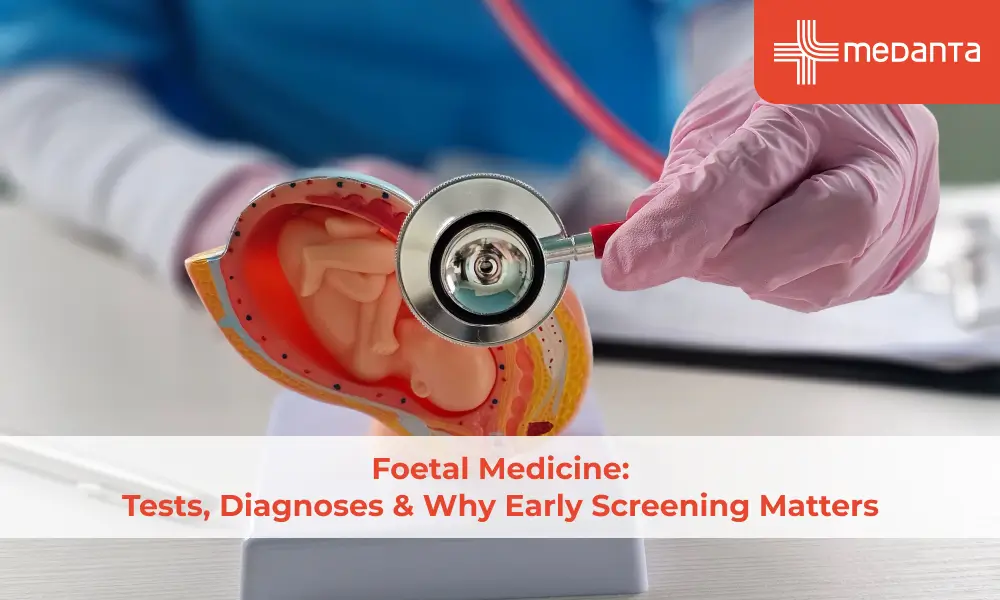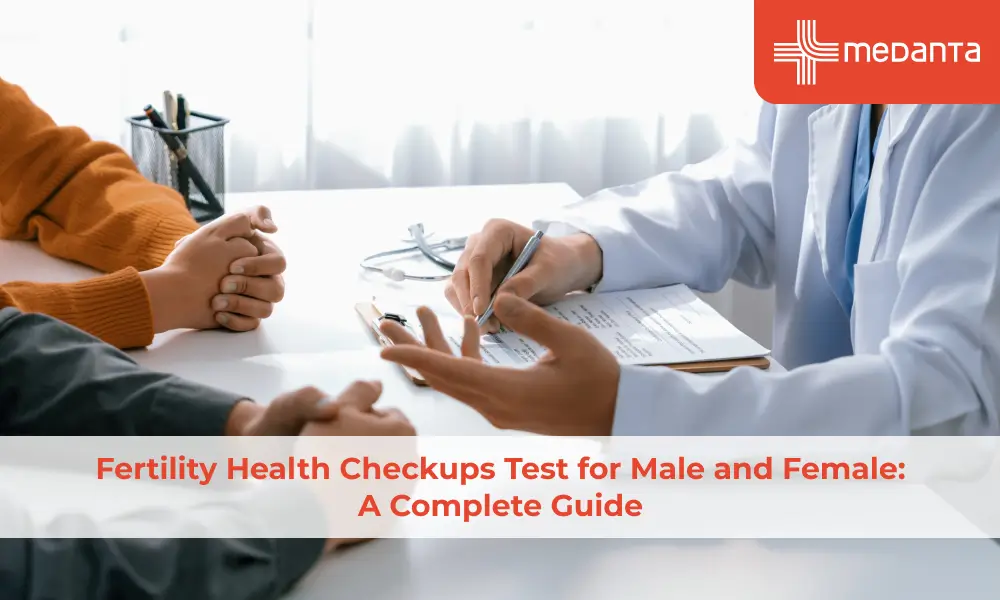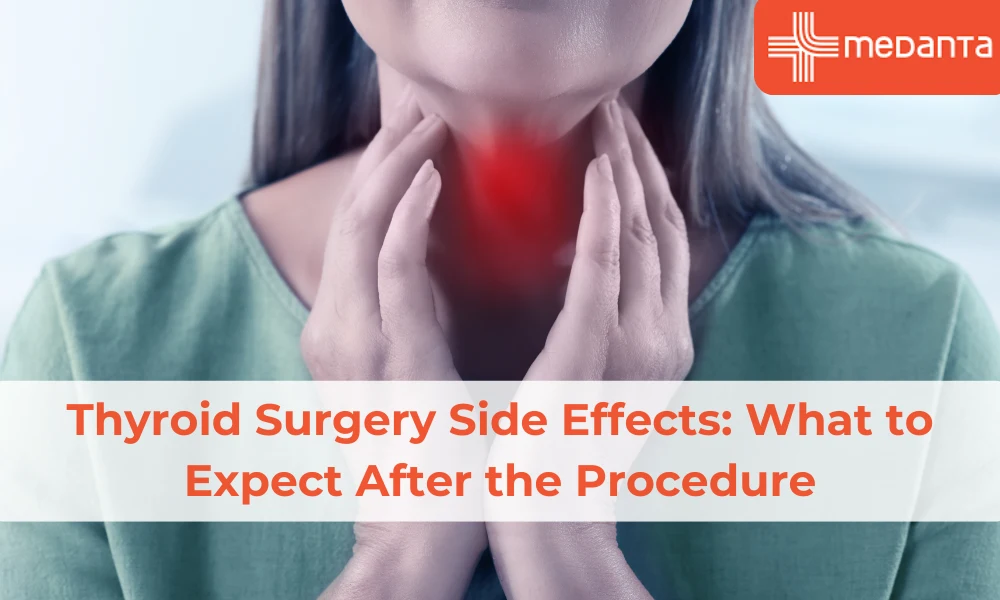Escape The Chronic Pancreatitis Nightmare: Treatments to Manage Pain and Understand Other Complications of Chronic Pancreatitis
Living with chronic pancreatitis can feel like an ongoing nightmare. The constant abdominal pain, digestive issues, and other complications can severely impact a person's quality of life.
However, by understanding the treatments available to manage pain and recognizing the potential complications of chronic pancreatitis, individuals can regain control and find relief.
In this blog, we will explore chronic pancreatitis treatment options, chronic pancreatitis symptoms, complications, and chronic pancreatitis causes, providing valuable insights for those navigating this challenging condition.
Understanding Chronic Pancreatitis
Definition and Chronic Pancreatitis Causes:
Chronic pancreatitis is a long-term inflammation of the pancreas, a vital organ responsible for producing digestive enzymes and regulating blood sugar levels. Chronic pancreatitis causes can vary, with some of the common factors including alcohol abuse, gallstones, genetic predisposition, and autoimmune conditions. Identifying the underlying cause is crucial for determining the appropriate treatment approach and preventing further damage to the pancreas.
Chronic Pancreatitis Symptoms:
Chronic Pancreatitis symptoms can be debilitating and often worsen over time. Individuals may experience persistent abdominal pain, which can range from mild discomfort to severe, excruciating pain. Nausea, vomiting, and weight loss are also common Chronic Pancreatitis symptoms, as the body struggles to digest food properly. Another characteristic sign of chronic pancreatitis is steatorrhea, which refers to fatty, foul-smelling stools resulting from inadequate digestion and absorption of fats.
Chronic Pancreatitis Treatment
Pain Management
The primary goal of chronic pancreatitis treatment is to alleviate pain and improve the patient's quality of life. Various strategies can be employed to manage pain effectively:
- Medications: Analgesics, such as nonsteroidal anti-inflammatory drugs (NSAIDs) and opioids, can provide pain relief. Pancreatic enzyme supplements may also be prescribed to aid digestion and reduce pain associated with malabsorption.
- Surgical interventions: In severe cases where conservative treatments are ineffective, surgical options such as drainage of the pancreatic duct and stone removal can be undertaken. In some patients a removal of a part of pancreas or pancreatectomy may be important. These procedures are typically reserved for individuals with unmanageable pain or complications. A small group of patients can develop a mass in the pancreatic head which is best addressed surgically.
Lifestyle Modifications
Adopting certain lifestyle changes is crucial for managing chronic pancreatitis effectively:
- Dietary Modifications: A low-fat diet is recommended to reduce the strain on the pancreas. Avoiding alcohol is essential, as it can exacerbate inflammation and further damage the pancreas. Smoking cessation is another imperative part of the treatment of chronic pancreatitis. Unless patients give up consumption of alcohol and smoking the pain of chronic pancreatitis is likely to persist. Working with a registered dietitian can help develop a personalised meal plan that meets nutritional needs while minimising symptoms.
- Nutritional Support: Pancreatic enzyme replacement therapy (PERT) is a cornerstone of chronic pancreatitis management. PERT involves taking oral capsules or tablets containing digestive enzymes to help break down fats, proteins, and carbohydrates. This aids in the digestion and absorption of nutrients, reducing symptoms like abdominal pain and steatorrhea.
- Smoking Cessation: Quitting smoking is crucial for individuals with chronic pancreatitis, as smoking not only increases the risk of developing the condition but also exacerbates inflammation and impairs the healing process.
Interventional Procedures
Minimally invasive procedures can play a role in diagnosing and managing complications of chronic pancreatitis:
- Endoscopic Retrograde Cholangiopancreatography (ERCP): This procedure combines endoscopy and X-rays to examine the bile ducts and pancreatic ducts. It can help identify and treat strictures, gallstones, or other blockages contributing to chronic pancreatitis symptoms.
- Endoscopic Ultrasound (EUS): EUS involves using an endoscope equipped with an ultrasound probe to obtain detailed images of the pancreas and surrounding structures. This procedure can aid in diagnosing complications such as pseudocysts, abscesses, or tumours.
Complications of Chronic Pancreatitis
Chronic pancreatitis can give rise to various complications that further impact the well-being and quality of life of individuals affected by the condition. Understanding these complications is crucial for early detection, appropriate management, and improved outcomes.
Pancreatic Insufficiency
One of the significant complications of chronic pancreatitis is exocrine pancreatic insufficiency (EPI). EPI occurs when the pancreas fails to produce enough digestive enzymes required for the proper breakdown and absorption of food. The chronic inflammation and damage to the pancreatic tissue disrupt the normal functioning of the exocrine cells responsible for enzyme production.
As a result, individuals with EPI may experience symptoms such as frequent diarrhoea, steatorrhea (fatty, foul-smelling stools), weight loss, abdominal bloating, and malnutrition. Without adequate enzyme replacement, the body struggles to absorb essential nutrients, leading to deficiencies in fat-soluble vitamins (A, D, E, and K) and other vital nutrients.
Pancreatic enzyme replacement therapy (PERT) is the cornerstone of managing EPI in chronic pancreatitis. PERT involves taking oral capsules or tablets containing digestive enzymes with meals and snacks. These enzymes help break down fats, proteins, and carbohydrates, enabling better absorption of nutrients and alleviating symptoms associated with malabsorption. A healthcare professional will determine the appropriate dosage of enzymes based on individual needs and responses.
Diabetes Mellitus
Chronic pancreatitis can also lead to the development of diabetes mellitus, specifically known as type 3c diabetes. The progressive damage to the pancreatic cells responsible for producing insulin impairs insulin secretion and glucose regulation. As a result, individuals with chronic pancreatitis may experience elevated blood sugar levels and require interventions to manage their diabetes effectively.
Monitoring blood sugar levels regularly is essential for individuals with chronic pancreatitis and diabetes mellitus. This helps in maintaining optimal glucose control and preventing complications associated with high or low blood sugar levels. Healthcare professionals may recommend lifestyle modifications, such as adopting a balanced diet, regular physical activity, and weight management, in addition to oral antidiabetic medications or insulin therapy, to manage diabetes effectively.
Pancreatic Pseudocysts
Pancreatic pseudocysts are fluid-filled sacs that can develop within or near the pancreas as a consequence of chronic inflammation, blockages, or trauma. These cysts contain a collection of pancreatic enzymes, blood, and tissue debris, and their formation is often a result of disruptions in the normal flow of pancreatic secretions.
Pancreatic pseudocysts can cause symptoms such as persistent abdominal pain, bloating, nausea, and vomiting. In some cases, they may remain asymptomatic and only be discovered incidentally during imaging tests performed for other purposes.
Treatment options for pancreatic pseudocysts depend on their size, location, symptoms, and the presence of complications. Small and asymptomatic pseudocysts may not require immediate intervention and can be managed through close monitoring. However, larger or symptomatic pseudocysts may require drainage procedures.
Endoscopic drainage procedures, such as endoscopic ultrasound (EUS)-guided drainage or endoscopic cystogastrostomy, can be effective in draining the fluid from the pseudocyst and relieving associated symptoms. These procedures are minimally invasive and involve the insertion of an endoscope equipped with ultrasound imaging capabilities to guide the drainage process.
In certain cases, surgical intervention may be necessary for the management of complex or infected pseudocysts. Surgical options may include open cystogastrostomy or gastrojejunostomy, where a direct connection is created between the pseudocyst and the gastrointestinal tract to allow for drainage.
Conclusion
Living with chronic pancreatitis can be challenging, but by understanding the available treatments for pain management, recognizing potential complications, and addressing underlying causes, individuals can escape the nightmare and regain control over their lives.
If you or someone you know is experiencing symptoms of chronic pancreatitis, it is essential to seek medical evaluation and work closely with healthcare professionals to develop a personalised treatment plan. With proper management, individuals can minimise pain, improve digestion, and enhance their overall well-being.
If you’re afraid that you might have pancreatitis, get diagnosed at a super speciality hospital today!






